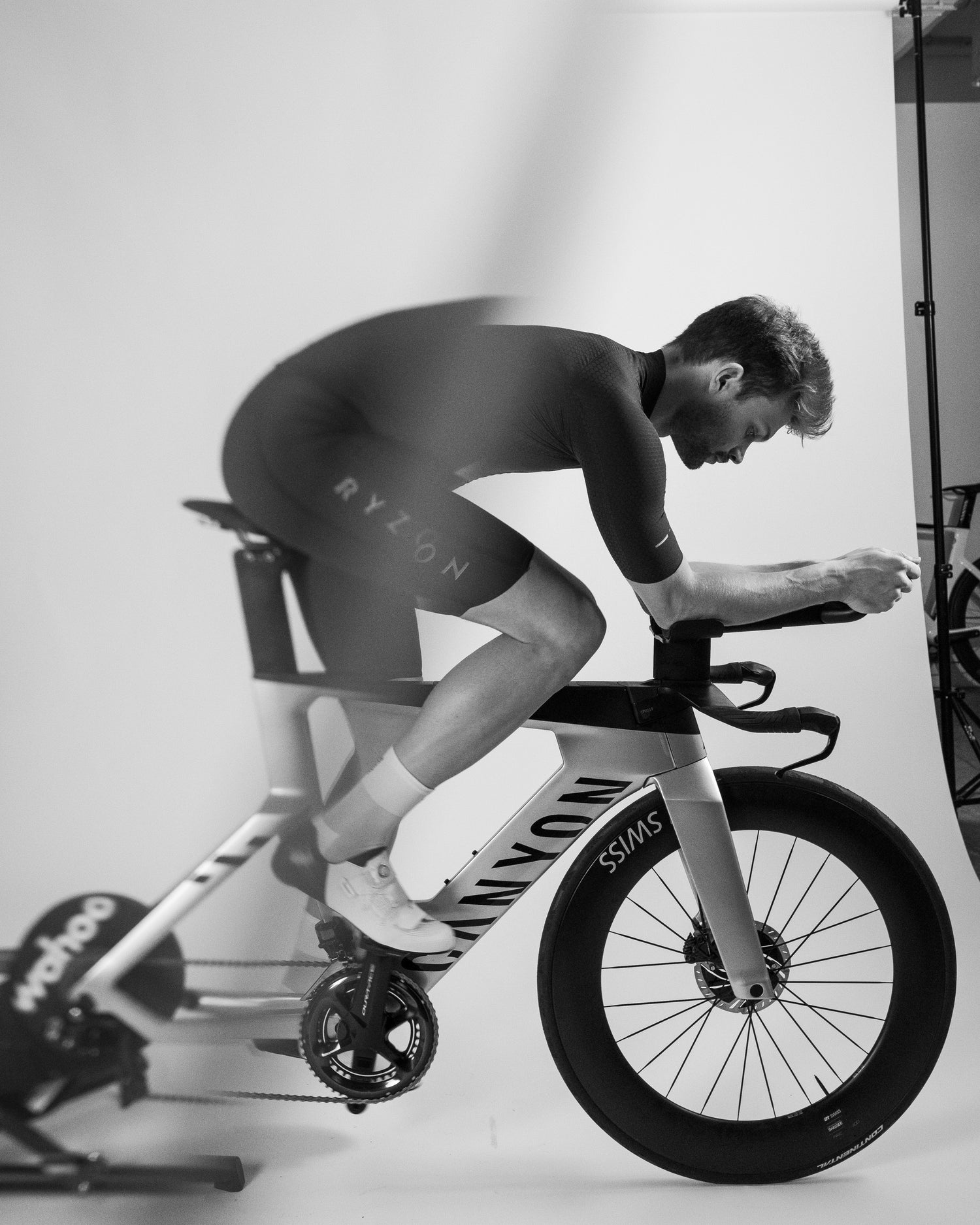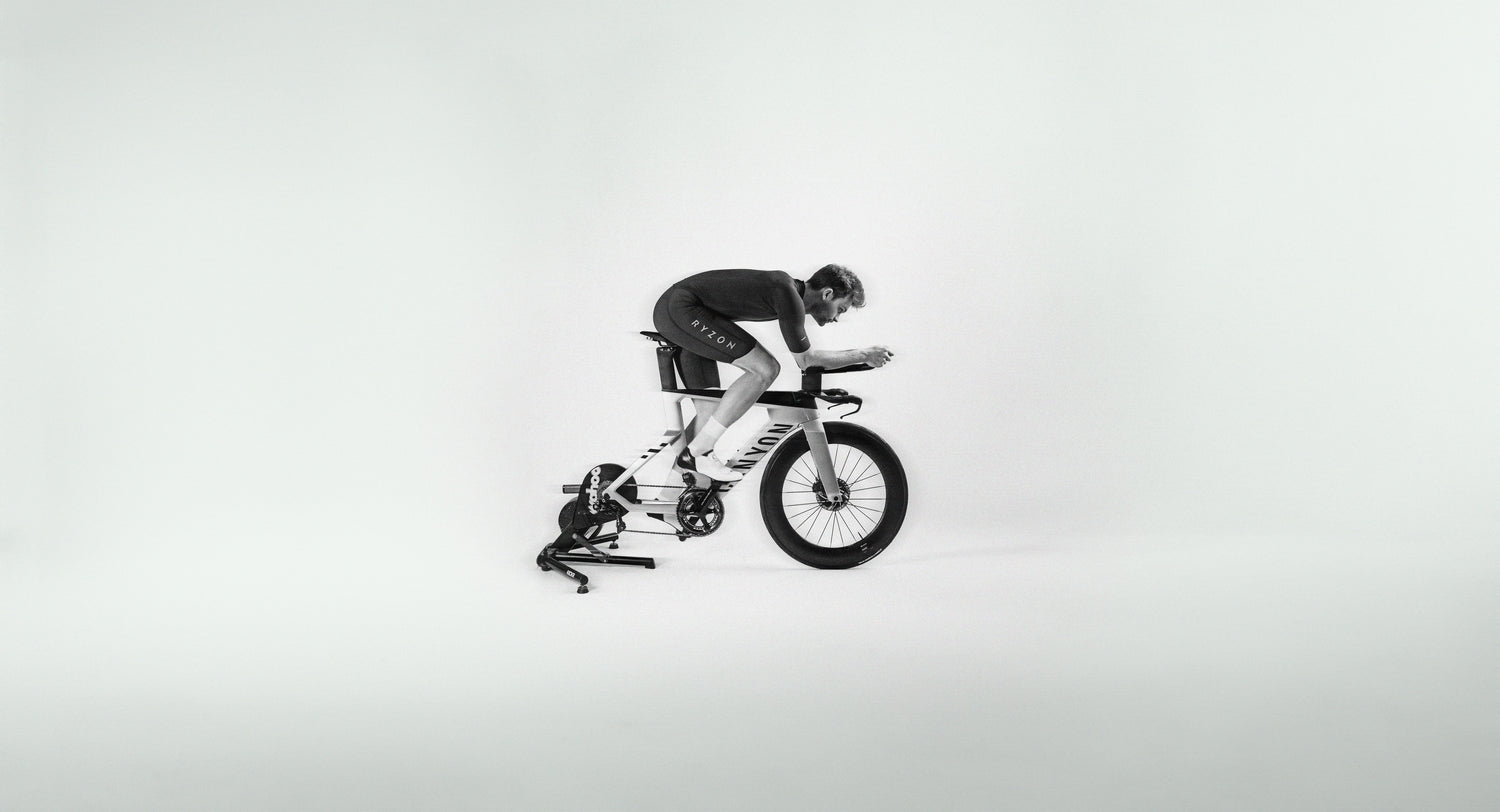Correct tapering before endurance sports competitions: Everything you need to know!
The importance of tapering
You've trained, sweated and pushed your limits for countless hours to prepare for your next competition. Now, shortly before the competition, another important phase comes into focus: tapering. What initially sounds like a contradiction - less training for more performance - turns out to be a finely tuned approach to optimize your fitness and concentrate your mental energy. In this comprehensive article, we delve deep into the world of tapering and highlight all the aspects that are crucial to successful competition preparation, whether you're preparing for a marathon or a triathlon.
What is tapering and how does it work?
Simply put, tapering is a reduction in the amount of training you do in the last week or two before a competition. The goal is to give your body a breather that gives it the opportunity to regenerate on multiple levels.

Physical regeneration
Intensive training leaves its mark on the muscles: microscopically small tears in the muscle fibers are evidence of the work done. But it is precisely these cracks that offer the body the opportunity to regenerate and even improve during tapering.
During the taper phase, the muscle fibers are repaired and rebuilt, gaining strength and resilience. This process is supported by optimized microcirculation and increased metabolism. Energy provision becomes more efficient and waste products are removed more quickly.
In addition, tapering strengthens the immune system. The reduced stress gives the body time to mobilize its defenses and arm itself against infections. In this way, tapering minimizes the risk of colds and other illnesses that could jeopardize the competition .
Energetic regeneration
During exercise, glycogen stores in the muscles and liver, which serve as the body's primary energy sources, deplete. In order to have enough energy on the day of the competition, it is essential to replenish these stores during tapering. This is achieved through a targeted, carbohydrate-rich diet. Complex carbohydrates such as pasta, rice and bread provide the body with long-chain sugar molecules that are converted into glycogen and stored.
In addition to glycogen stores, the body also uses fats as an energy source during competition. Although fat burning is slower, it can provide energy over a longer period of time. During tapering, fat burning is optimized through the reduced training intensity. The body learns to use fat more efficiently as an energy source.
Mental regeneration
Mental stress and tension built up during training. These negative emotions can affect performance. Tapering offers the opportunity to relieve this burden and gain mental clarity. The focus of mental regeneration is on strengthening mental focus and willingness to compete. Visualization techniques, positive affirmations and mental exercises help to prepare your mind for the competition and to direct your full concentration on the task ahead.
A positive attitude and strong self-confidence are crucial for success in competition. Tapering can help increase motivation and increase confidence in your own abilities.

The optimal length and type of tapering
The optimal duration of the taper phase depends on various factors. On the one hand, your training age plays a role - the longer you have been training, the longer the taper phase can be. The training intensity is also crucial: If you have trained intensively, you usually need a longer taper phase. Furthermore, the competition distance influences the length of the taper phase - a longer taper phase is usually required for longer distances. Last but not least, individual factors such as your ability to regenerate and personal preferences also play a role in determining the optimal taper duration.
There are different types of tapering that can be applied. The most common methods are linear tapering, in which training volumes are reduced continuously and evenly, and exponential tapering, in which training volumes are greatly reduced at the beginning of the taper phase and then gradually reduced. Another method is gradual tapering, in which the amount of training is reduced in several steps. In addition, an individualized tapering concept can be created in collaboration with a trainer or sports doctor that is tailored to your specific needs.
In training practice during tapering, the focus is on maintaining performance and avoiding overload. The training volume is reduced by 40-60%, while the intensity of the training units remains the same or is slightly reduced. The frequency of training is also reduced and the focus is on short, intensive intervals and relaxed regeneration sessions. It is also important to have adequate rest and regeneration through sufficient sleep, rest breaks and active regeneration techniques such as stretching or yoga. The taper phase also offers the opportunity to work on fine-tuning your technique and mentally preparing for the competition.
By finding the optimal length and type of tapering for your competition preparation and implementing it effectively, you can ensure that you are in the best possible shape and able to perform at your best on competition day.
Nutrition and supplementation during tapering
During tapering, the crucial phase of preparation for competition in endurance sports, nutrition plays a crucial role. The aim is to replenish energy stores and support the body's regeneration. The correct composition of macronutrients is particularly important.
Carbohydrates: An increased proportion of carbohydrates in the diet is of great importance during tapering. Carbohydrates are the main source of energy for endurance athletes and help replenish glycogen stores in the muscles and liver. The best sources of carbohydrates include whole grains, fruits, vegetables, rice and potatoes.
Proteins: Proteins are essential for the regeneration and building of muscle tissue. During tapering, it is important to consume enough protein to support the muscles and repair any damage caused by training. Good sources of protein include lean meat, fish, eggs, dairy products, legumes and nuts.
Fats: Although fats play a smaller role than carbohydrates and proteins during tapering, they are still important for a balanced diet. Healthy fats provide essential fatty acids and support various body functions. However, fats should be consumed in moderate amounts and come primarily from healthy sources such as avocados, nuts, seeds and fatty fish.
In addition to proper macronutrient composition, it is important to drink enough during tapering to ensure optimal hydration. Water, unsweetened herbal or fruit teas and diluted fruit juices are ideal drink options for athletes.
By specifically adjusting your diet during tapering and ensuring a balanced macronutrient composition, you can ensure that your body is optimally prepared for the upcoming competition. A well-thought-out nutritional strategy can make a decisive contribution to ensuring that you are in the best possible condition on competition day and can fully exploit your performance potential.
In the last few weeks before your big day, it's time to check your material again. For a triathlon, double check your triathlon suit , wetsuit and bike. For a run, you should definitely have suitable running clothing and shoes. Especially for a cycling race, it is important that you check your bike so that there are no unpleasant surprises during the race and here too, the right clothing is very crucial, especially for longer races. Tapering is like the finishing touch to a work of art – it makes all your hard work and preparation shine. It's the moment when you focus on regenerating, focusing and unlocking your full potential. By finding the right balance of training, nutrition and mental focus, you can be sure you'll be at your best on race day. Trust in your preparation, believe in yourself and enjoy the moment - because this is your moment of triumph.

